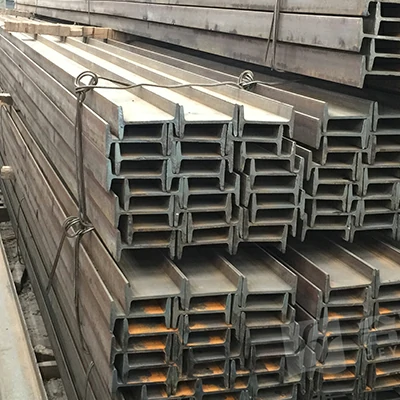Manufacturers ensure that I beams meet regulatory standards and certifications through a combination of quality control measures, testing procedures, and compliance verification processes.
Here’s how they typically achieve this:
- Adherence to Standards: Manufacturers ensure that their I beams are designed, manufactured, and tested in accordance with relevant industry standards and regulatory requirements. These standards may include ASTM (American Society for Testing and Materials), EN (European Norms), ISO (International Organization for Standardization), or other regional standards.
- Quality Management Systems: Manufacturers implement quality management systems (QMS) that are compliant with international standards such as ISO 9001. These systems encompass procedures, processes, and documentation to ensure consistent quality throughout the manufacturing process, from raw material sourcing to final product delivery.
- Material Testing and Certification: Raw materials used in the production of I beams are tested to verify their compliance with material specifications and standards. Manufacturers obtain material certificates from suppliers to ensure traceability and quality assurance. Common tests include chemical composition analysis, mechanical testing (such as tensile strength and yield strength), and non-destructive testing (such as ultrasonic testing).
- Process Control and Inspection: Manufacturers implement stringent process control measures to monitor and control critical manufacturing parameters. This includes inspection and testing at various stages of production to detect defects, deviations, or non-conformities. Visual inspection, dimensional checks, weld inspection, China I beam suppliers and non-destructive testing are commonly employed to ensure product quality and compliance.
- Certification Bodies and Third-Party Audits: Manufacturers may seek certification from accredited certification bodies to demonstrate compliance with specific standards and regulatory requirements. These certification bodies conduct audits, assessments, and evaluations of the manufacturer’s quality management system and product compliance. Third-party audits provide independent verification of adherence to standards and regulations.
- Product Testing and Validation: I beams undergo comprehensive testing to validate their performance characteristics and structural integrity. This may include mechanical testing (such as bending, compression, and torsion tests), fatigue testing, impact testing, and fire resistance testing. Testing is performed in accordance with applicable standards and specifications to ensure that the I beams meet or exceed regulatory requirements.
- Documentation and Traceability: Manufacturers maintain detailed documentation and records of all production processes, testing results, certifications, and inspections. This documentation provides evidence of compliance with regulatory standards and facilitates traceability of products throughout their lifecycle. Certificates of conformity, test reports, and product labeling are used to communicate compliance to customers and regulatory authorities.
By implementing these measures, manufacturers ensure that I beams meet regulatory standards and certifications, providing confidence in the quality, safety, and performance of the products for use in various construction and structural applications.
